In 2006, we traveled to Trinidad, with the support of a Fulbright Scholarship and an artist residency at Caribbean Contemporary Arts, to observe and participate in the annual Carnival Masquerade, known as the Mas. During our six-month stay we tried to find a balance between observation and participation, learning as much as we could about Caribbean Carnival, while also seeking to process our observations into new processional works and studies. In addition to designing a small Mas band for Carnival Monday (see our Rights of Passage page), we also created a series of hypothetical renderings for Mas works, as a way further exploring our own interpretations of the Mas and seeding the possibilities for future works, either in Trinidad and elsewhere.
The Trinidad Mas is reknowned among worldwide Carnival celebrations for both the scale and innovation of its costumed performances. However, many Trinidadians feel that the Mas is in crisis, polarized between homogenous commercialization on the one hand (the "Bikini & Beads" phenomenon), and, on the other, a static preservationism (in the form of institutionalized segregation of the "Old Mas"). As contemporary processional artists experiencing Carnival for the first time, we sought the fertile middle ground between these antipodes, attempting to incorporate Carnival's fundamental narrative of dissent, burlesque, and inversion into new forms derived from, but not bound to, the Traditional characters of the Mas. The drawings included here seek a balance between tradition and innovation and suggest contemporary interpretations and translations of Trindadian Mas characters. Indeed our basic assumption was that these characters have always been contemporary, i.e. responsive to current sociopolitical conditions, and that they should continue to evolve in response to a changing world. Heeding Peter Minshall’s lament, "At what point did the Old Mas become Old?", these studies explore alternative forms/materials, deconstructed homages, and hypothetical structures that might carry forward the essence of the Carnivalesque in a contemporary voice.
(NB In the following notes we refer to a number of Traditional characters in the Mas. Where relevant, we have linked the names of these characters to an excellent introduction to Trinidadian Carnival lore by Dylan Kerrigan, published in Caribbean Beat #71)
CONTENTS:
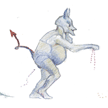 __Carnival as Nemesis: Burlesquing Mas in the Bikini and Beads Era
__Carnival as Nemesis: Burlesquing Mas in the Bikini and Beads Era
 __Kentucky Fried Carnival: The Mas as Political Discourse
__Kentucky Fried Carnival: The Mas as Political Discourse
 __New Mas: Rethinking traditional costumes
__New Mas: Rethinking traditional costumes
 __Trini to D Bone: Structure, Form, and Surface
__Trini to D Bone: Structure, Form, and Surface
 __The Junk Anew Band: Material as message
__The Junk Anew Band: Material as message
 __Processional Architecture: Altered Space and Instant Community
__Processional Architecture: Altered Space and Instant Community
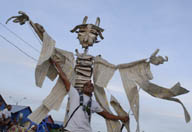
 Conspicuous Consumption (Blue Devils)
Conspicuous Consumption (Blue Devils)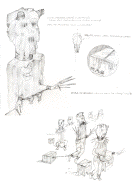
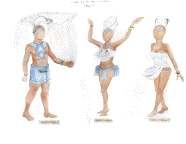
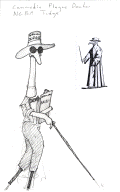 NCC Judge as Comedia Plague Doctor (Moko Jumbie)
NCC Judge as Comedia Plague Doctor (Moko Jumbie) 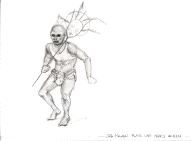 Jab Molassie Plays Last Year's Queen
Jab Molassie Plays Last Year's Queen 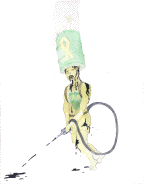 Oilcan-boulay (Jab Molassie)
Oilcan-boulay (Jab Molassie) 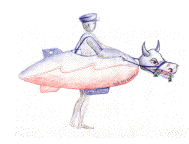 Sky Dragon (Burroquid)
Sky Dragon (Burroquid)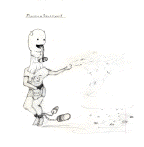 Pharma-Soucoyant (Jab Molassie)
Pharma-Soucoyant (Jab Molassie) 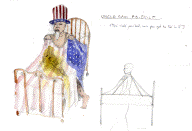
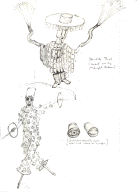
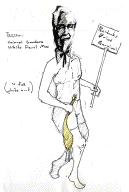 Kentucky Fried Carnival (white devil)
Kentucky Fried Carnival (white devil) 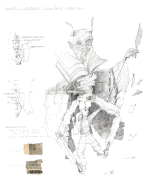
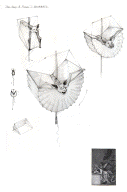
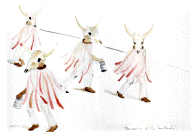 Cowband on George Street
Cowband on George Street 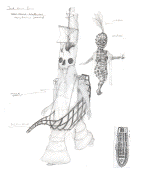 Fancy Sailor and Black Indian: A Middle Passage Mas
Fancy Sailor and Black Indian: A Middle Passage Mas 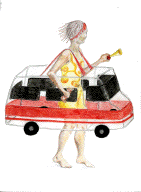 Maxi-quid (modern take on the traditional Burroquid)
Maxi-quid (modern take on the traditional Burroquid)
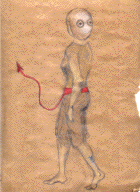 Backwards Devil Mas
Backwards Devil Mas 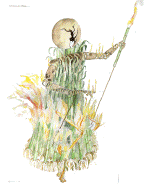
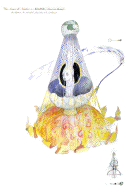
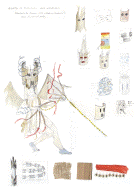
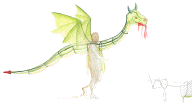 Dragon (from "Rights of Passage" Mas)
Dragon (from "Rights of Passage" Mas) 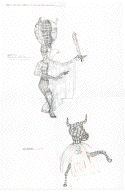
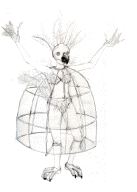 I know Why the Caged Bird Sings
I know Why the Caged Bird Sings 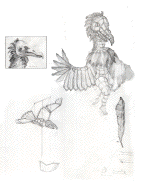
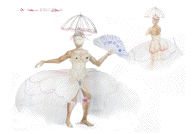 Dame Lorraine Deshabillé
Dame Lorraine Deshabillé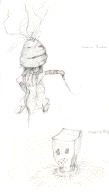
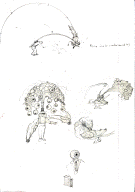
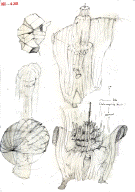
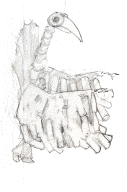
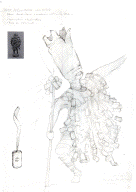
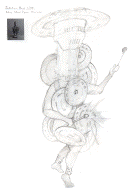
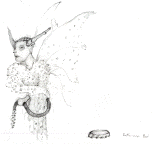 Bottlecap Bat
Bottlecap Bat 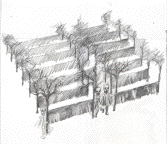
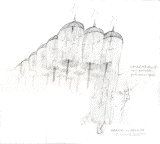
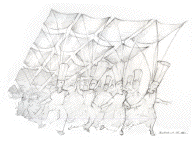
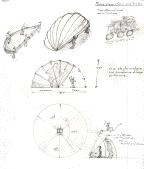
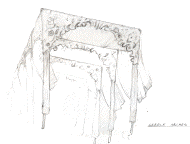
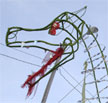 Back to Rights of Passage home page
Back to Rights of Passage home page